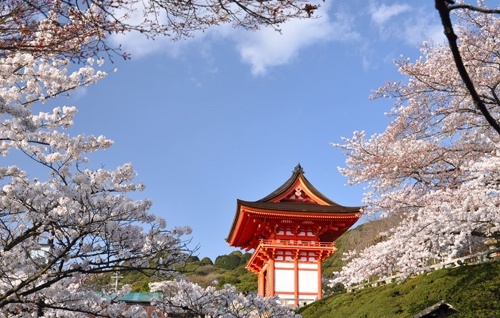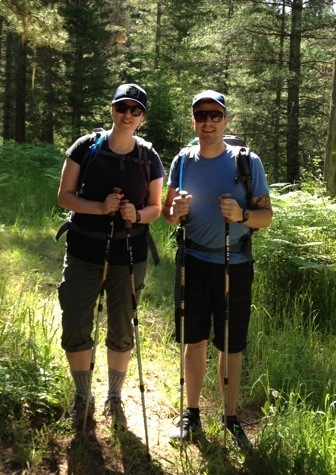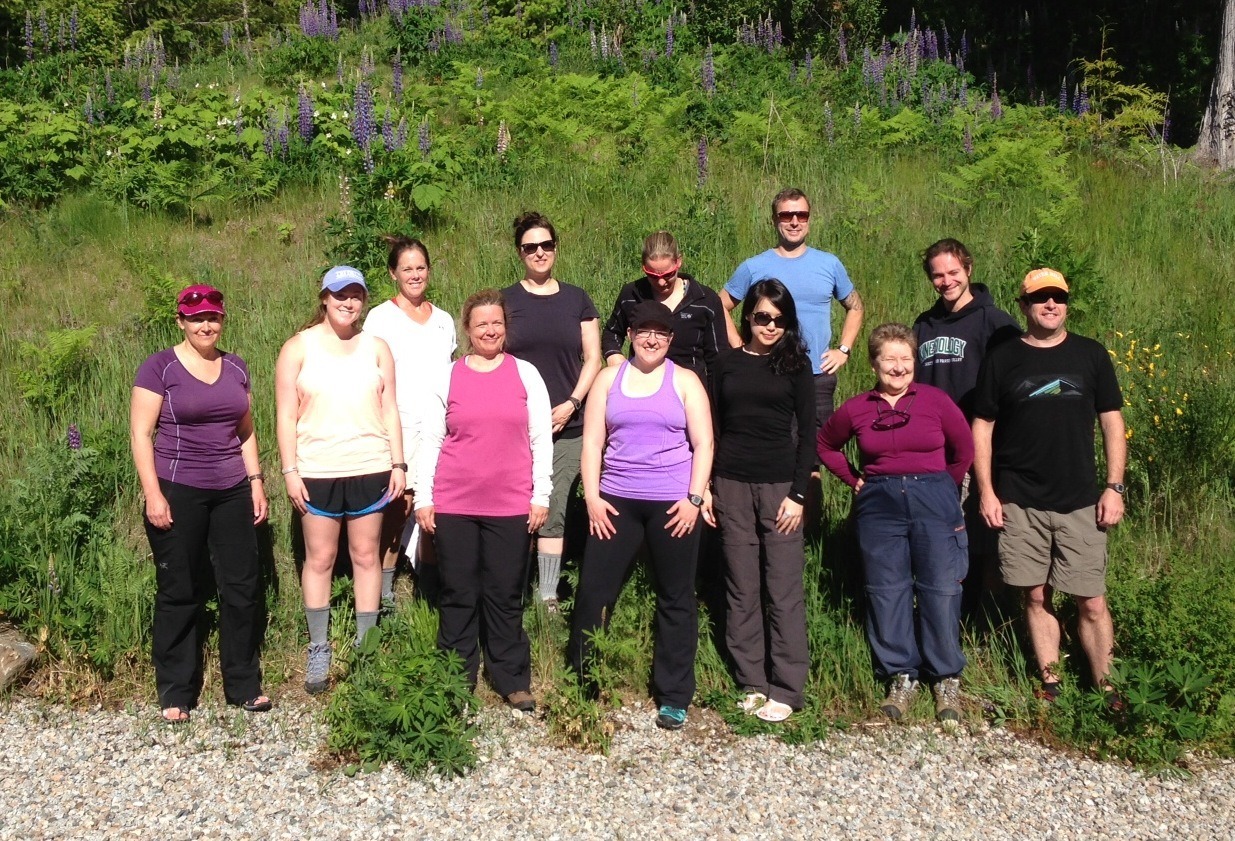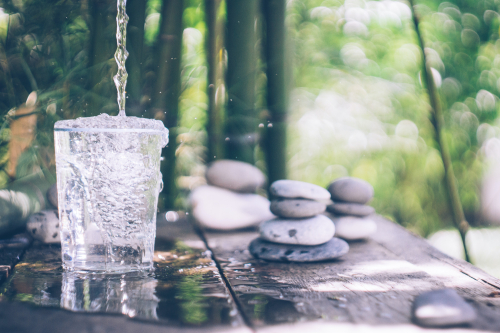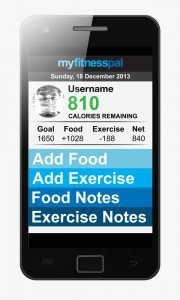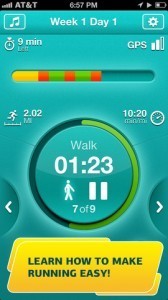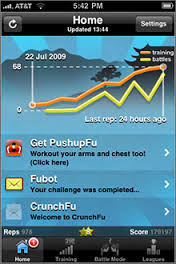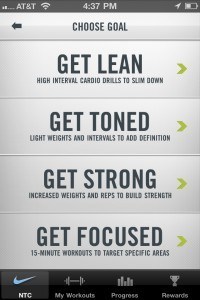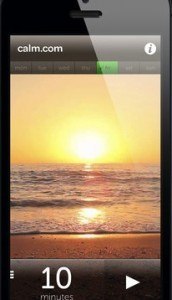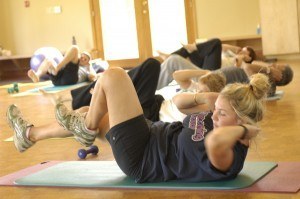 A few weeks ago we published a blog called “Electrolytes: Myth-Busted” in response to a question posted on our Facebook page by a Mountain Trek alumni. The article garnered huge interest and prompted another alumni, James, to ask, “Please speak more on potassium.”
A few weeks ago we published a blog called “Electrolytes: Myth-Busted” in response to a question posted on our Facebook page by a Mountain Trek alumni. The article garnered huge interest and prompted another alumni, James, to ask, “Please speak more on potassium.”
So herewith are the facts everyone should know about potassium and how this important mineral applies to your overall health.
What is potassium?
This mineral is one of the main electrolytes in your body (others include sodium, chloride, calcium, and magnesium). Electrolytes are electrically charged particles that our cells use to maintain voltage across our cell membranes and carry electrical impulses to other cells.
What does it do?
Potassium aids nerve conduction, muscle contraction and heart beat regulation. It also helps maintain normal blood pressure by blunting sodium’s effects and ensures proper fluid balance between your cells and body fluids.
Why is it important?
In addition to helping maintain a proper fluid balance in your body, potassium also performs the following functions:
- Keeps the blood from clotting
- Maintains the body’s pH balance
- Carries nutrients to the cells
- Protects the stomach lining from the damage that could be caused by stomach acids
- Maintains healthy blood pressure
- Promotes heart health
- Preserves bone health
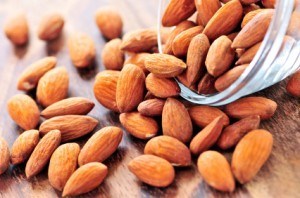 What are some sources of potassium?
What are some sources of potassium?
Potassium is found in a wide variety of foods but bananas are the ones most famously associated with the mineral. Other sources include:
- Citrus fruits and tomato juice
- Melons
- Leafy greens
- Broccoli
- Avocados
- Almonds and peanuts
- Raisins and prunes
- Milk
- Sweet potatoes and legumes like lima and kidney beans are also high in potassium.
- Interestingly, sports drinks are typically a poor source of potassium.
Why should you be aware of your potassium levels?
When you sweat (whether from working out, sitting in a sauna or living in a climate with hot, humid temperatures) your perspiration releases potassium out of the body. These decreased levels can lead to adverse effects such as muscle cramping, weakness, fatigue, heart palpitations and constipation. The good news is that potassium is easy to replenish and most people do so by maintaining a diet that includes the above foods. For example, eating almonds after you work out or detoxify in a steam room will help replenish your stores.
When is potassium harmful?
Too little potassium is just as dangerous as too much. A short-term deficiency can cause elevated blood pressure and muscle cramps but on a chronic level (hypokalemia) it is associated with a risk of high blood pressure, heart disease and strokes. If your kidneys are working normally, they’ll regulate the amount of potassium that your body needs but people with diabetes who have kidney disease, for example, need to be especially careful of their potassium intake, as levels can get too high in the body (hyperkalemia), which can, in turn, damage the heart.
What is the suggested intake of potassium?
The recommended intake for adults is 4,700 milligrams daily. People who eat a healthy diet will get enough potassium naturally. However, those who eat mostly processed foods can be short up to a total of 1,000 milligrams. (Some medications for blood pressure could also cause a potassium deficiency, so check with your doctor.)
Should you take potassium supplements?
Unless you have a chronic illness your body will regulate your potassium levels provided your diet consists of certain whole foods like fruit, vegetables and nuts. (See list above.) The only time supplements are recommended is if you require electrolytes due to exertion or excess sweating (Mountain Trek clients might take one daily electrolyte supplement, like Vega Sport Electrolyte Hydrator, due to their high amounts of perspiration) or if you suffer from certain chronic ailments like diabetic ketoacidosis, a metabolic condition more commonly seen in people with Type 1 diabetes.
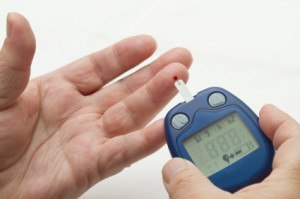 What is the relationship between potassium and diabetes?
What is the relationship between potassium and diabetes?
Interestingly, some Type 1 diabetics may have too much potassium in their systems while many Type 2 diabetics have too little. Yet, because of certain medications, some Type 2 diabetics may not be able to excrete potassium in the way they should. If you have (or at risk of getting) diabetes, definitely have your doctor perform a potassium test to determine your levels and ensure that your medications or supplements are not negatively impacting your body’s potassium levels.
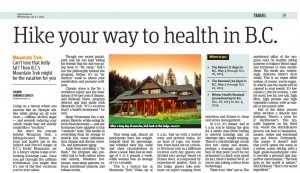 Toronto-based freelance writer Vawn Himmelsbach visited Mountain Trek Fitness Retreat and Health Resort this June and her story about rebooting her metabolism appeared last week in Metro, a publication that’s distributed in city centres around North America.
Toronto-based freelance writer Vawn Himmelsbach visited Mountain Trek Fitness Retreat and Health Resort this June and her story about rebooting her metabolism appeared last week in Metro, a publication that’s distributed in city centres around North America.
 A few weeks ago we published a blog called “
A few weeks ago we published a blog called “ What are some sources of potassium?
What are some sources of potassium? What is the relationship between potassium and diabetes?
What is the relationship between potassium and diabetes?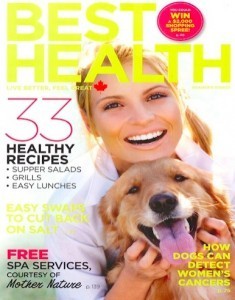
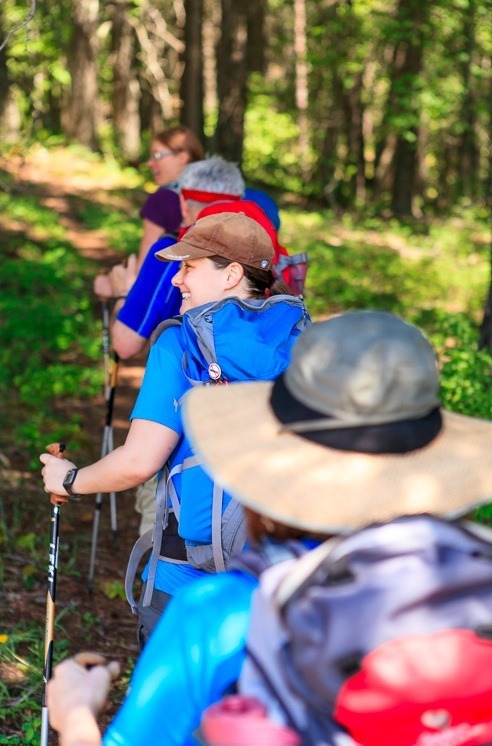 This past week one of our alumni, Mary, wrote on
This past week one of our alumni, Mary, wrote on 